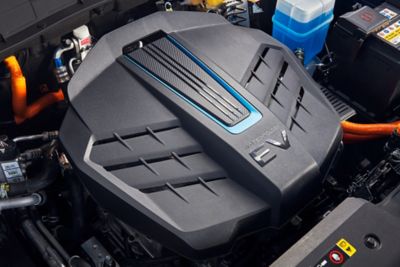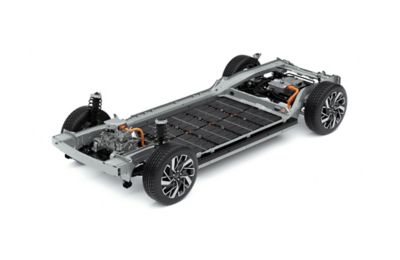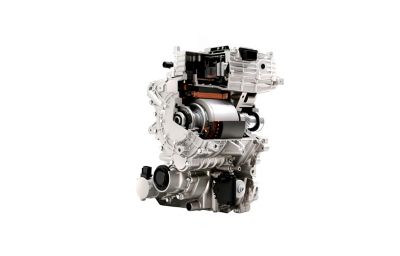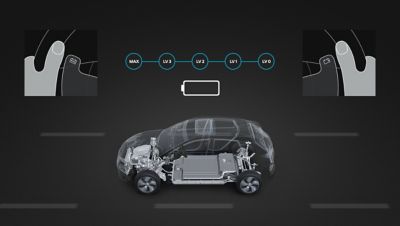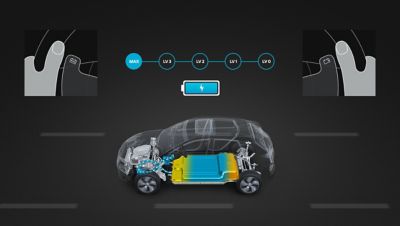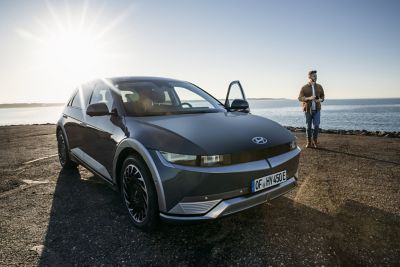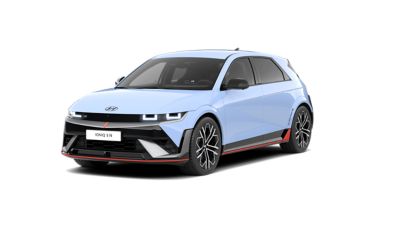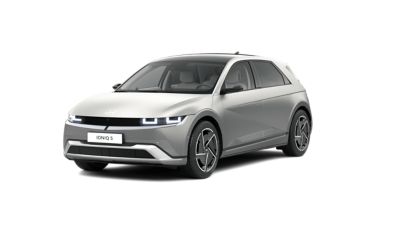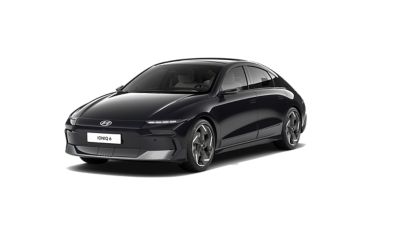Eco-friendly, fun, and practical.
With its innovative range of all-electric vehicles, Hyundai is pushing the envelope of electric mobility. The lineup ranges from compact cars to SUVs. Enjoy high-torque fun, everyday ranges, and quiet, emission-free driving.
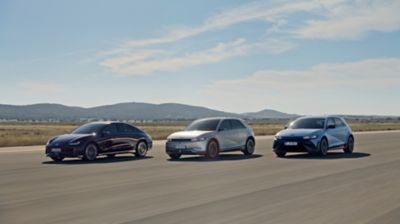

Electric driving technology.
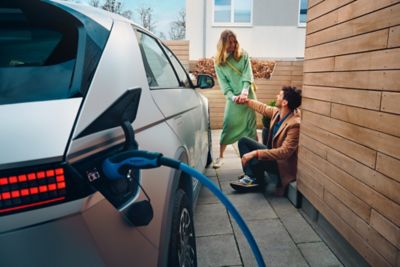
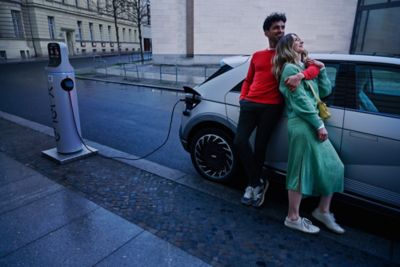
Smart technology for intelligent driving.
Charging and driving range.
How often do you need to charge?
Set the bar according to your daily commute and calculate the number of days between charges.

INSTER
days
KONA Electric
days
IONIQ 5
days
IONIQ 9
days
IONIQ 6
days
Just as there is a range of factors that affect the fuel efficiency of an internal combustion engine (ICE), the total electric driving range will be affected by the size of the battery, your driving style, the outside temperature, any passengers you are carrying and more.


